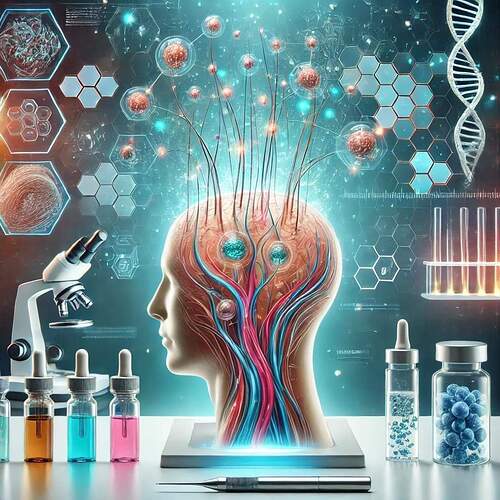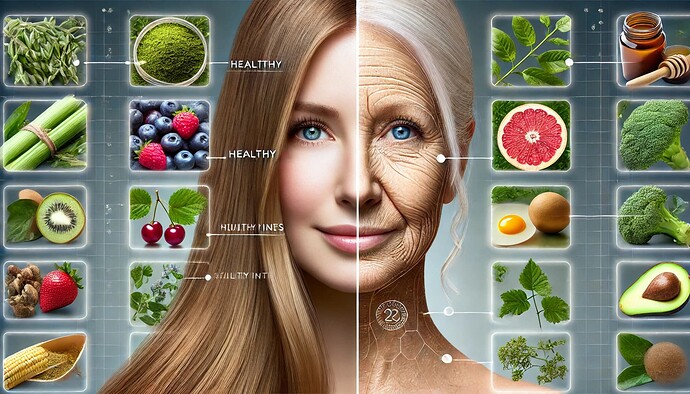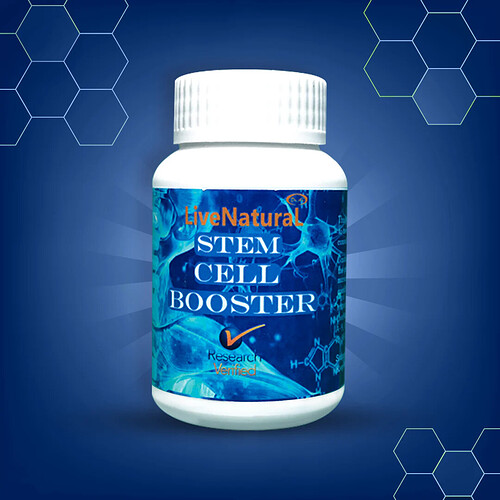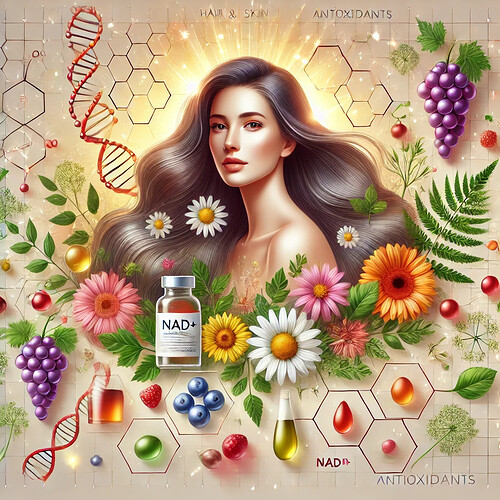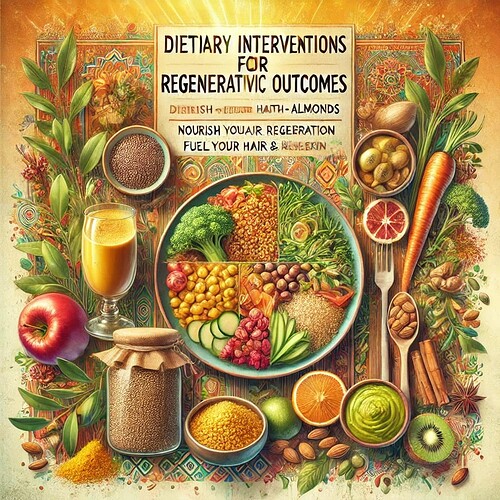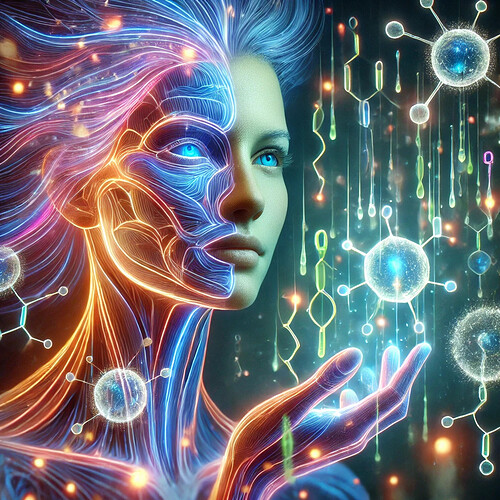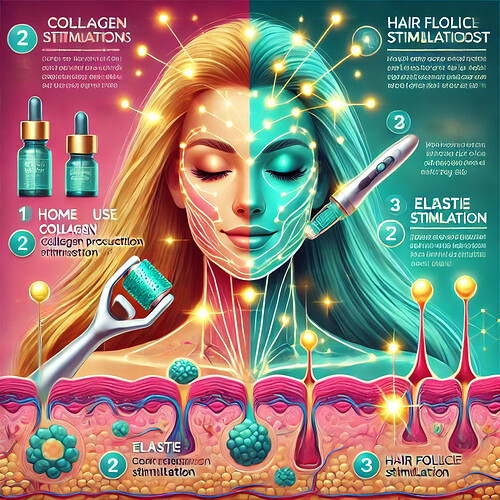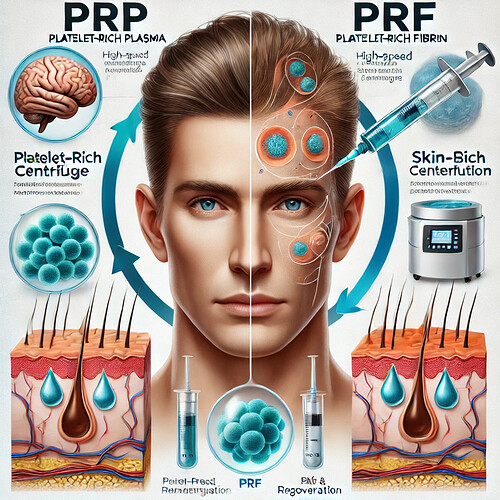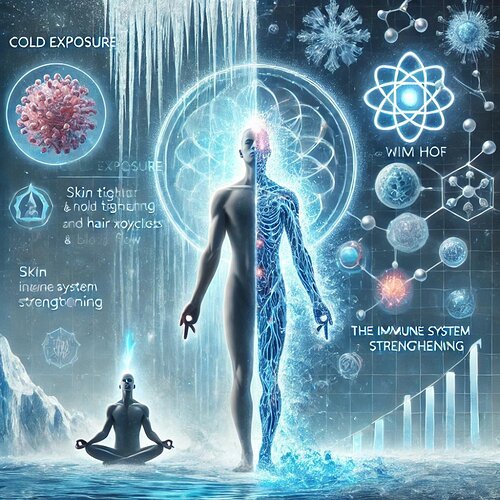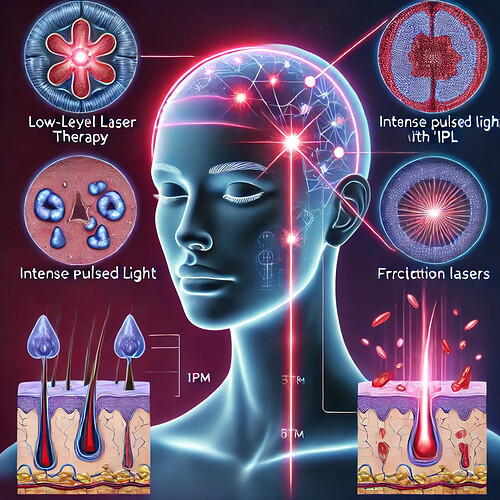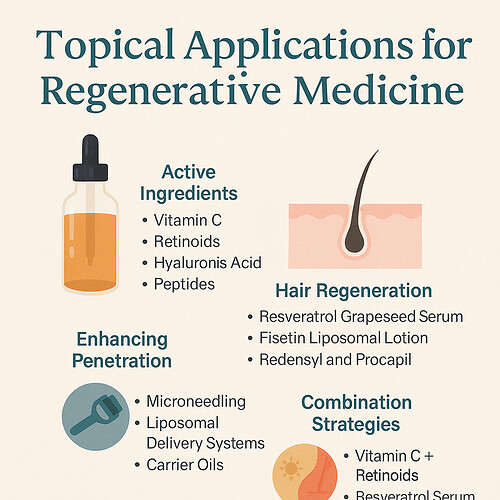Supplements for Hair and Skin Health: Unlocking the Secrets of Cellular Vitality
Our body is a miraculous machine, capable of self-healing and renewal, but it needs the right fuel to function at its best. When it comes to hair and skin health, the right supplements and topicals can work wonders, slowing down aging, reversing damage, and even activating repair at the cellular level.
In this lecture, we’ll dive into the science behind powerful supplements and topicals that are transforming the way we think about beauty and wellness. Get ready to discover how natural molecules can help you maintain youthful hair and glowing skin.
The Heroes of Hair and Skin Supplements
Let’s explore some of the most effective supplements and their roles in supporting hair and skin health:
- NMN (Nicotinamide Mononucleotide):
Boosts levels of NAD+, a molecule critical for energy production in cells.
Supports stem cell function, delaying skin aging and promoting vibrant hair growth.
- Resveratrol:
A potent antioxidant found in red wine and berries.
Reduces inflammation and oxidative stress, keeping skin youthful and hair healthy.
- Biotin:
Known as the “hair vitamin,” it strengthens hair strands and supports healthy keratin production.
Helps reduce brittle nails and promotes radiant skin.
- Grapeseed Extract:
Packed with proanthocyanidins, it enhances blood flow to hair follicles and skin cells.
Improves elasticity, reducing fine lines and promoting thicker hair.
- Fisetin:
A natural senolytic that helps clear aging cells from your body.
Promotes skin repair and reduces the appearance of wrinkles.
- Apigenin:
Found in parsley and chamomile, it calms inflammation and improves circulation.
Strengthens hair follicles and prevents scalp irritation.
- Quercetin:
A bioflavonoid with antioxidant properties that fights free radicals.
Enhances collagen production and reduces hyperpigmentation.
- Vitamin D:
Essential for skin barrier function and hair follicle cycling.
Prevents dryness and promotes scalp health.
Topicals to Complement Supplements
Supplements work from the inside out, but topicals target your hair and skin directly, providing concentrated benefits. Here’s how you can use them effectively:
With Microneedling
Microneedling creates tiny microchannels in the skin, boosting absorption of topicals by up to 200%. Combine it with these for stunning results:
Resveratrol and Grapeseed Serum:
Reduces pigmentation, enhances collagen production, and brightens skin.
Revitalizes hair follicles for stronger, healthier growth.
Fisetin Liposomal Lotion:
Encourages cell renewal, smooths fine lines, and combats visible signs of aging.
Astragalus Serum:
A natural adaptogen that fights oxidative stress and supports stem cell activity.
Promotes skin hydration and elasticity.
Without Microneedling
Even without microneedling, these topicals can deliver impressive results:
Use as a part of your nightly skincare routine to promote skin repair during sleep.
Apply directly to the scalp for better hair density over time.
Clinical Dosages and Safety Profiles
While supplements and topicals can be powerful tools, it’s crucial to use them safely and effectively.
Recommended Dosages
NMN: 250–500 mg daily for anti-aging benefits.
Resveratrol: 200–500 mg daily; pair with a fat source for better absorption.
Biotin: 5,000–10,000 mcg daily for stronger hair and nails.
Grapeseed Extract: 100–300 mg daily for antioxidant support.
Fisetin: 100–200 mg twice a week to clear aging cells.
Apigenin: 50–100 mg daily to boost circulation and reduce inflammation.
Quercetin: 500 mg daily for skin and immune health.
Vitamin D: 2,000–5,000 IU daily, especially in low sunlight exposure.
Safety Guidelines
Always consult a doctor before starting any new supplement, especially if you have underlying conditions or take medications.
Begin with lower doses and gradually increase as needed.
Use topicals sparingly to avoid irritation, especially when combining them with microneedling.
The Science Behind the Results
These supplements and topicals aren’t just trends—they’re backed by science.
Studies have shown that NMN and Resveratrol can extend the lifespan of skin and hair cells by promoting DNA repair and reducing inflammation.
Microneedling with topical serums has been proven to improve skin texture, reduce acne scars, and boost hair regrowth in thinning areas.
Case Study:
A 40-year-old woman experiencing thinning hair and dull skin incorporated NMN, Resveratrol, and Grapeseed Extract into her daily routine while using a Fisetin Liposomal Lotion with microneedling. After three months, her hair was visibly thicker, and her skin had a newfound glow.
Conclusion: A Holistic Approach to Hair and Skin Health
Achieving healthy, youthful hair and skin isn’t about a single miracle product—it’s about synergy. By combining scientifically backed supplements with targeted topicals, you can unlock the regenerative potential of your body and feel confident in your skin.
The secret is simple: nourish from within, enhance from the outside, and stay consistent. In the next lecture, we’ll explore how lifestyle habits like diet and stress management amplify these effects.
Let’s continue this journey to vibrant health and timeless beauty together!
